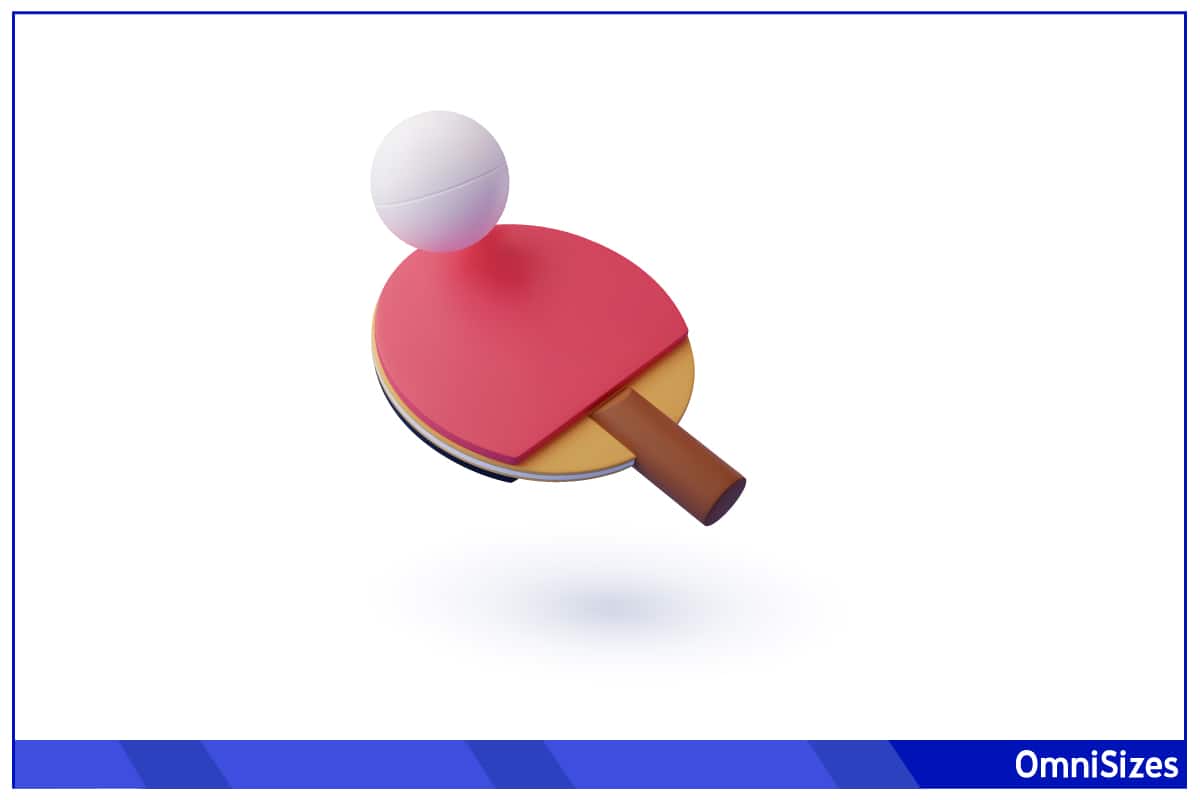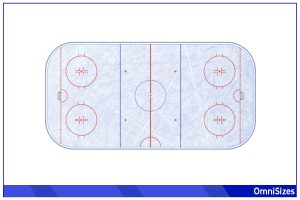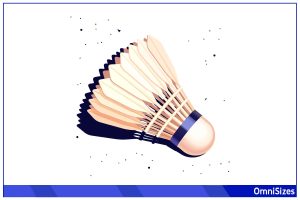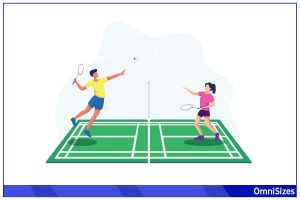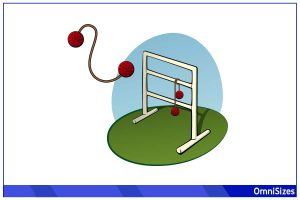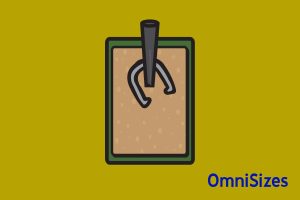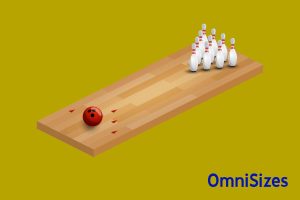Ping pong hinges significantly on one small but essential element: the ping pong ball. Ping Pong ball dimensions aren’t just chosen at random since their size, weight, and color all affect how the game is played.
Regulation ping pong balls measure 1.57 inches (40 mm) in diameter and typically come in white or orange. These colors enhance visibility during play and meet official standards for competitive games.
This guide will cover all essential ping pong equipment before describing ping pong ball dimensions in more detail. You will also learn how to set up your own ping pong table without professional equipment!
Ping Pong Equipment
Ping pong, also known as table tennis, is a sport loved by many for its exciting gameplay and the minimal equipment required. The main pieces of equipment include the ping pong table, balls, paddles, and the net.
Ping Pong Table
The ping pong table is the centerpiece of the game. Standard tables are rectangular, featuring a smooth, flat surface divided by a net in the middle. The surface color is usually dark with white lines outlining the boundaries. Tables are designed to offer a consistent bounce, a factor that significantly affects gameplay.
Ping Pong Paddles
Paddles, also referred to as rackets or bats, are used by players to hit the ball back and forth. They consist of a wooden blade and a rubber surface. The type of rubber and its thickness can vary, affecting the paddle’s grip and the ball’s spin.
Ping Pong Net
The net divides the table into two halves. It stands at a fixed height and creates a challenge for players to strike the ball over it without touching it. The net’s tension and height are standardized to ensure fair play.
Ping Pong Balls
Ping pong balls are small, lightweight, and typically made of a high-quality plastic material. These balls are designed to bounce in a predictable manner. Their lightweight nature contributes to the high speed and spin that can be achieved in the game.
Ping Pong Ball Dimensions
Ping pong is defined not just by skill and agility but also by the equipment used, particularly the ping pong balls. The dimensions of these balls are crucial to the game’s dynamics.
Size of Ping Pong Balls
The standard size of a ping pong ball is critical for consistent gameplay. Regulation ping pong balls have a diameter of 1.57 inches or 40 mm. This size ensures that the ball is large enough to be seen easily during fast play and small enough to present a challenge to players. Balls that deviate from this standard size are usually meant for recreational or novelty purposes and can drastically change how the game is played.
Weight of Ping Pong Balls
The weight of a ping pong ball is as significant as its size. Regulation balls weigh 2.7 grams. This light weight allows the balls to move quickly and react noticeably to spin. The weight is carefully calibrated to ensure that the ball is neither too heavy nor too light. A ball that is too heavy would be difficult to play with, while one that is too light could be overly affected by air currents.
Ping Pong Ball Materials
High-quality plastic materials are used to ensure uniformity in size and weight. The manufacturing process involves precise machinery to guarantee that each ball meets the stringent standards set by governing bodies like the International Table Tennis Federation (ITTF).
How to Set Up a Ping Pong Table
Setting up a ping pong table can transform your home into a fun and active space.
1. Choosing the Right Table
Before setting up, it’s crucial to select the right table. Consider the available space in your home, as a standard ping pong table measures 9 feet × 5 feet. For those with limited space, compact or foldable tables are available. Look for a table with a sturdy frame and a flat, even surface for the best playing experience.
2. Preparing the Space
Once you’ve chosen your table, prepare the space where it will be placed. The area should be larger than the table itself to allow for free movement around it. Ideally, there should be at least 5 feet of space on each end of the table and 3 feet on the sides. This allows players to move and play comfortably.
3. Setting Up the Net
Attach the net clamps to the sides of the table, ensuring they are centered over the middle line. The net should be taut and at the correct height, which is 6 inches from the table’s surface. Adjust the tension and height as needed.
